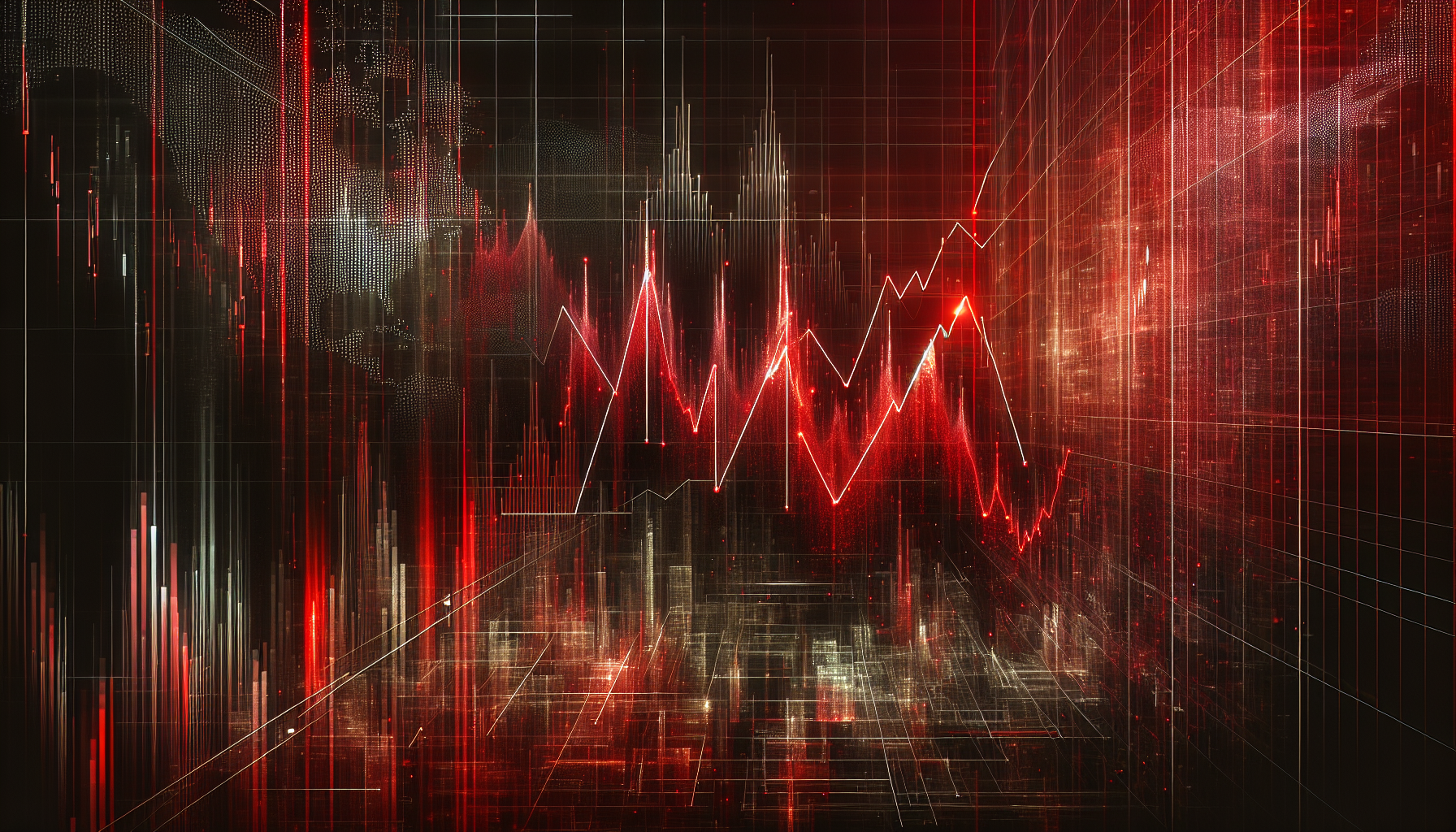The S&P 500 crossed into bear market territory last week with a peak-to-trough decline of over 21%. This was the 4th bear market for the index in the last 7 years and the 5th correction of more than 20% since the March 2009 low.
Video: https://t.co/YKktJdSi4l pic.twitter.com/0lZ6oRZc6s
— Charlie Bilello (@charliebilello) April 15, 2025
The S&P 500 and Nasdaq 100 have formed a bearish chart pattern known as a “death cross.” This occurs when the 50-day moving average falls below the 200-day moving average. It can signal a potential reversal in the prior trend, in this case, the two-year bull market in stocks. The death cross formation comes amid heightened market volatility.
The S&P 500 dropped 11% over two days before a historic rebound the following week. On Monday, the S&P 500’s 50-day moving average fell slightly below the 200-day moving average.
The S&P 500 has now declined 21.5% as of last week’s low. As the chart shows, corrections happen often, even 20% ones. Is this a bear market? I’m not quite ready to call it that, given that the market has bounced back from sudden 20% declines in the past without them necessarily… pic.twitter.com/Va8LHOouiS
— Jurrien Timmer (@TimmerFidelity) April 15, 2025
This marks the first death cross for the index since March 2022, during a bear market triggered by surging inflation and interest rates.
The index declined by as much as 16% before bottoming out in October 2022. The Nasdaq 100 also experienced its first death cross since March 2022 on Monday. During that period, the index declined by up to 27% before finding its bottom in October 2022.
WARNING 🚨: S&P 500 could plunge another 26% to 4,000 in a "worst-case scenario" warns JP Morgan 👀 pic.twitter.com/QJddXvQ4zs
— Barchart (@Barchart) April 16, 2025
Death cross effect on market trends
Technical analysts caution that while every major decline begins with a death cross, not every death cross results in a significant downturn. Ari Wald, head of technical analysis at Oppenheimer & Co., noted, “While every major decline starts with a ‘death cross,’ not every ‘death cross’ leads to a major decline.”
Historical patterns show that such signals can sometimes be “head fakes,” where the market rebounds and continues its upward trend, flipping back to a “golden cross” buy signal.
In the short term, Katie Stockton of Fairlead Strategies suggested the market could see a relief rally. She mentioned that short-term momentum had improved and generated a daily MACD ‘buy’ signal for the S&P futures. “This supports a bigger relief rally that has the potential to stay with the market for a few weeks,” Stockton said.
Despite the current bearish signals, some indices have shown resilience. Bitcoin rose roughly 1% and Nvidia experienced a 7% decline since their respective death cross signals flashed earlier this month. As market conditions evolve, investors remain cautious, monitoring technical indicators and broader economic developments.
They will closely watch the performance of major players in the coming weeks.

